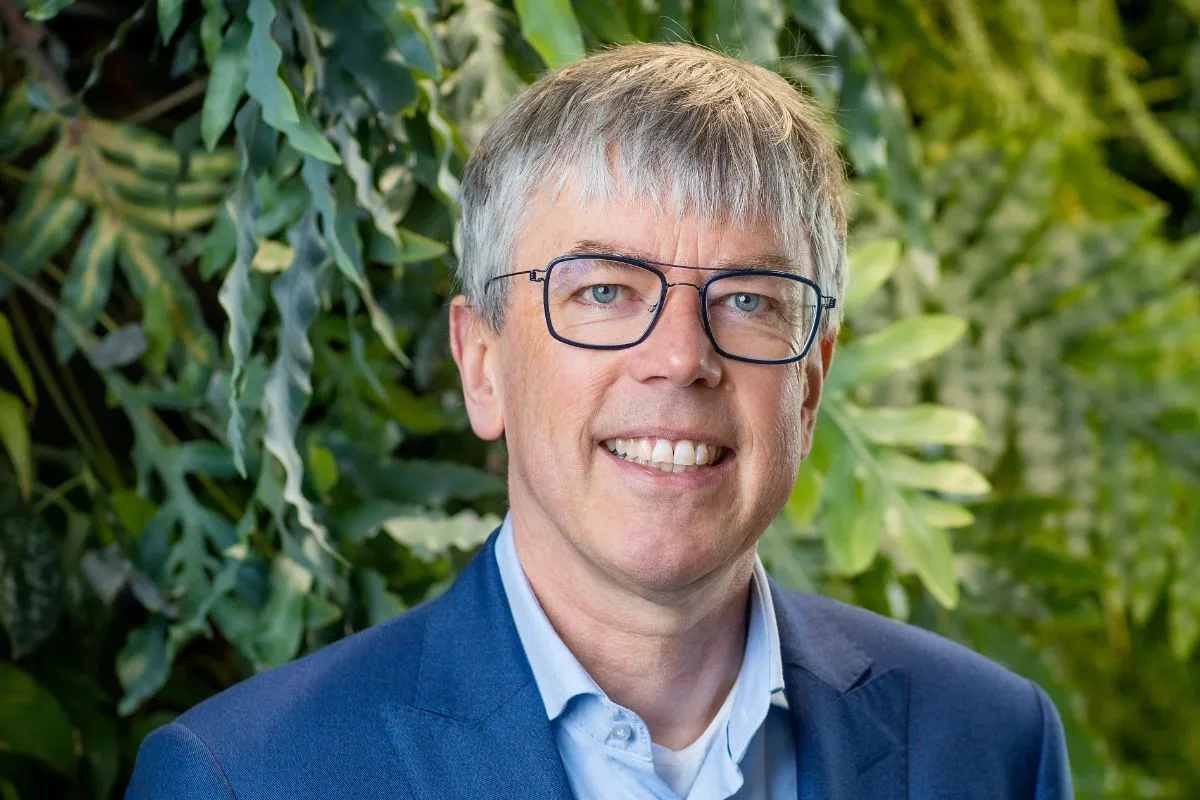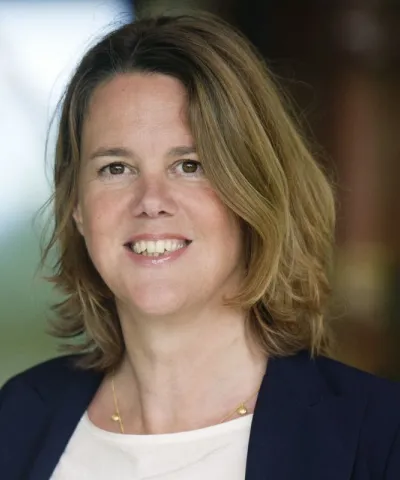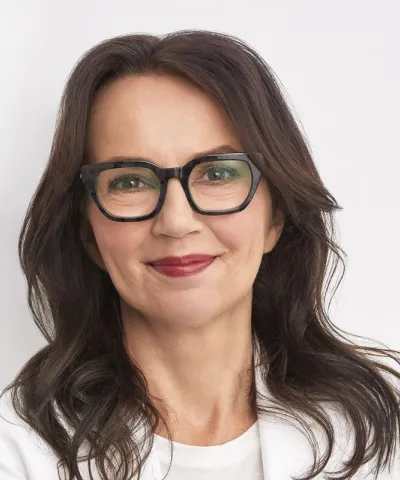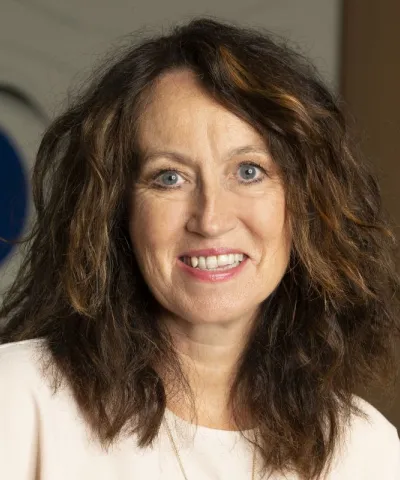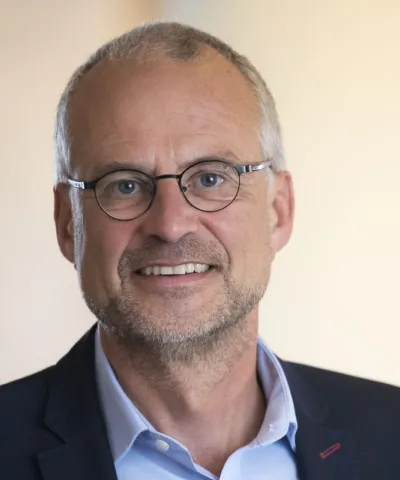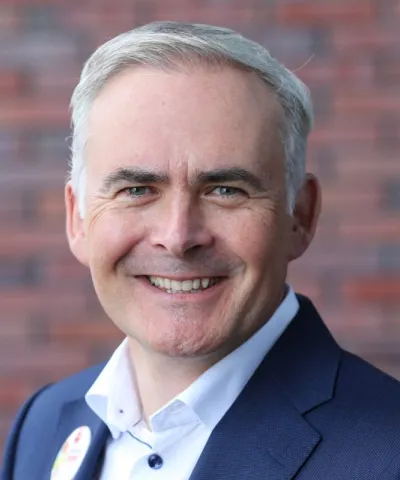Traceability as a starting point for sustainable flower brands
There has been a huge transition of the business model in the flower industry over the past decade. Where flowers were physically traded "over the clock" in the past, nowadays this is almost exclusively done digitally. The product is now presented with photos, for direct trade or for purchase via on-the-clock markdown.
That digital revolution has made the industry more dynamic, but that does not end the transition. Increased demand from retailers for sustainability is confronting growers and flower traders with new, complex issues.
We sit down with Steven van Schilfgaarde, CEO of Royal FloraHolland, the Netherlands' largest flower trader. He explains to us how sustainability will change the flower industry in the coming years.
What are the strategic sustainability issues that currently concern you?
"For me, sustainability can be divided into two issues. On the one hand, the production process of the company itself and, on the other hand, the products that are marketed by our company. That first point is fairly straight forward, because then it's about the energy you use as a company and how you buy it, for example. Royal FloraHolland's goal is to be carbon-neutral by 2030. The second point, the sustainability of floriculture products themselves, is a lot more complex, because there you have to deal with the whole chain to achieve that sustainability.
I notice that the challenge lies in bringing together the different views of the players in that chain. Sustainability is important to everyone, but the concrete objectives can be prioritized differently by each player. For example, there are seventeen sustainability objectives defined from the United Nations, which you cannot tackle all at once."
So does that prioritization start with the consumer or with the producer?
"You can start with the consumer, but in practice that doesn't work. A group of consumers might act on it, but practice shows that companies are more dominant. They simply control the supply. The diversity of products offered by Albert Heijn, HEMA or Royal FloraHolland is much more decisive for consumer choice than that same consumer realizes.
So in the introduction of sustainable products, the consumer is not the starting point; it is the companies that actually sell the products to the consumer. The big retailers are the driving forces for getting sustainability off the ground. You can also see that pressure groups are primarily focused on these parties. For example, look at the pressure to move away from the 'plump chicken'. Now companies like Jumbo and Lidl have gone step by step to translate sustainability into the first links in the chain. So in my view, companies are the starting point for sustainability."
And what is your role?
"We want to continue to take on the role directing and management of the value chain. The majority of Dutch flowers are traded through our platform, so we are in the perfect position to work with the relevant parties to standardize the demand of retailers in the value chains. For example, you see that retailers all have their own standard for a sustainable flower. It's up to us to translate that into one unified language and system for production. This needs to be done by making the system transparent. The retailer not only wants to know how the flowers were transported, but also to be able to check how the production took place. We are currently working hard to set up the data infrastructure to map the transfer of flowers and plants. Basically a form of environmental registration.
The next step is that we can determine which products we do and do not want to buy and trade through the marketplace. That's really a fundamental step, because by doing that you're limiting economic opportunities for unsustainable producers, and thus also revising the supply for the buyer."
Will you only sell sustainable flowers and plants once this transparency is achieved and the value chain is 'controlled'?
"In the current situation, not yet. After all, that transparency must be translated into the choice that consumers can ultimately make. There are many initiatives, such as quality marks, a global map and all kinds of labels, but because of this abundance of certification, the consumer does not understand how to Interpret them. And that consumer awareness is crucial. After all, the investments the value chain has to make will also partly end up with the consumer. So for consumers it must be clear and transparent that they are buying a sustainable product."
Yet a dichotomy seems to be forming. On the one hand, vendors want to work more and more sustainably; on the other, consumers are unwilling to pay for it.
"In my opinion, sustainability is not black and white, but a moving target. That's why we have to distinguish between a minimum sustainability standard, the license to act, and some 'additional sustainability' on top of that. That standard for the license to act gets higher and higher over time. Every five years there will be a new objective to work towards. I do expect that there will always be a bandwidth between the license to act and the 'additional sustainability'. Simply because part of society, especially the new generations, will always be ahead of the curve."
“In my opinion, sustainability is not black and white, but a moving target”
You mentioned earlier the potential price effect. How can we start to see the commercialization of sustainability reflected in the value chain?
"Frankly, there's nothing yet to indicate that our retail clusters want to start paying extra for achieving that license to act. It's actually just expected of the grower. The minimum preconditions for delivery will become stricter, but the retailer will not pay an extra price. In fact, they won't be able to recover that extra price from the consumer either. Retailers insist on sustainability requirements because they want to protect image and reputation. In this way, it is actually a purely commercial way of operating. For the growers, this effectively means that they continue to develop sustainability, but do not explicitly see a return on that investment. It is changing to guarantee their own right to exist.
The bit of additional sustainability value can hopefully be selectively valorized into a slightly higher price. I do think that bandwidth will remain fairly limited for flowers and plants, even in the future."
Should growers, or perhaps sellers, offer differentiation on their assortment to valorize that additional sustainability value?
"The extra valorization of flowers is mainly in a good reputation and you get that through the quality judgment of your buyer. I think we're going to see something like we did with chocolate. So that sustainability becomes part of the brand image and precisely not positioned as an add-on. That's why producers are better off creating their own brand that puts sustainability fully at the center, rather than classifying individual products with, say, one, two or three-star sustainability."
“Producers are better off creating their own brand that puts sustainability fully at the center, rather than classifying individual products with different sustainability tiers”
How do you translate those challenges, or in other words opportunities, through to the members? "As a cooperative, we struggle with how we ultimately implement sustainability towards our members. They always had a lot of freedom, but we now have to start imposing requirements. For example, think of transparency requirements and certification around the use of crop protection products. That sometimes causes resistance and I do understand that. After all, you are dealing with free entrepreneurs who also want to follow their own principles.
We have to create a coalition in this large group with a shared vision, so that the noses are pointin in the same direction. We do that together with the growers and the trade. The infrastructure that makes sustainability measurable and setting above-legal obligation as a license to act are key in the shift."
What do you think the flower and plant sector will look like in 10 years?
"The biggest long-term development is at the European level. The idea of the European Union is that we will then be running in a circular economy, bursting with innovation. Europe, with legislation and transparency guidelines, is going to force companies to invest heavily in the circular economy. This means, that every company is going to be obliged to be very transparent in the way they work and have to think continuously about organizing and concretizing reuse. Standardization within the industry and transparency from the chain will become crucial in this regard."
